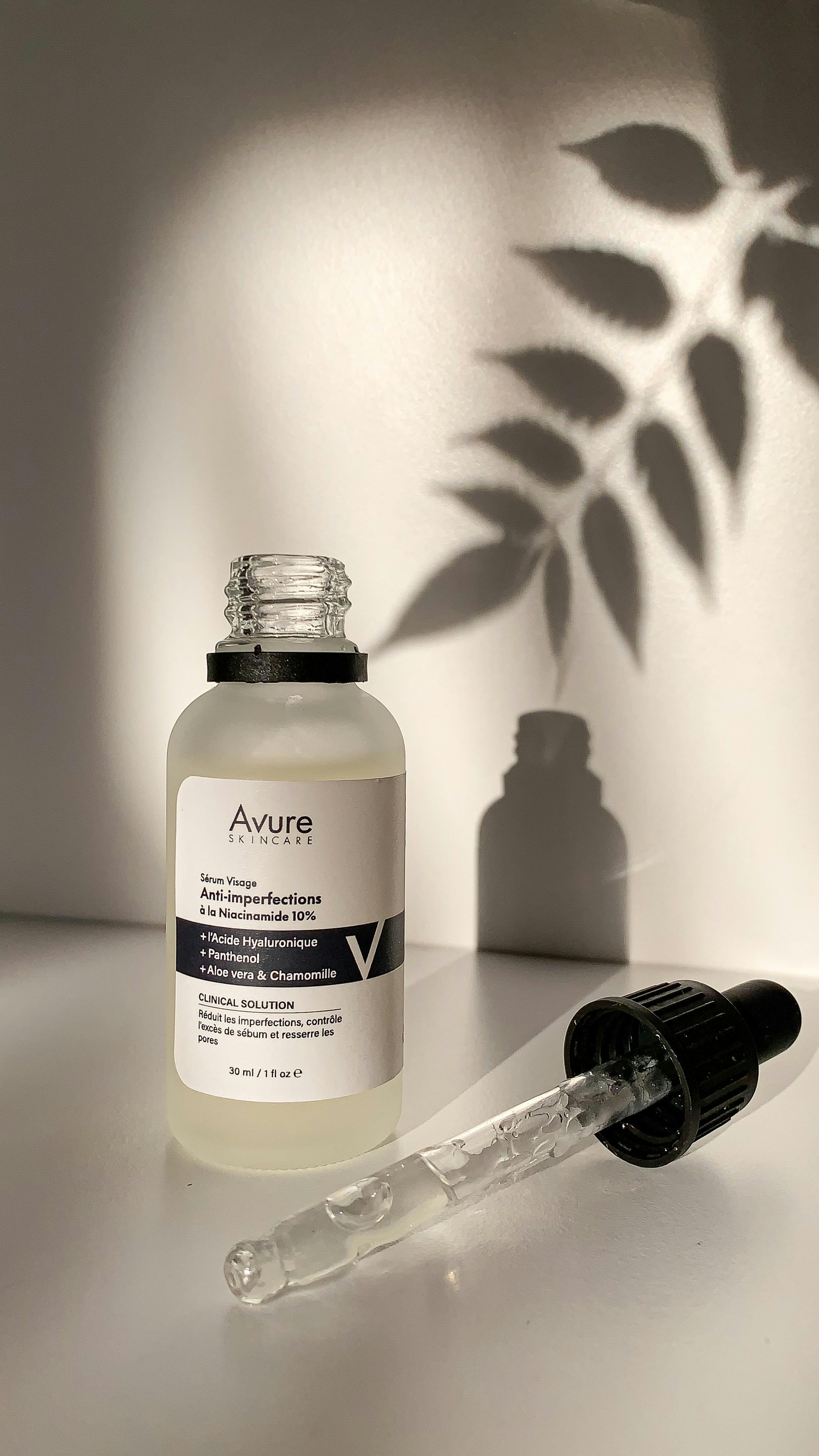Understanding Juvederm: The Rise of Hyaluronic Acid Fillers
When it comes to achieving a refreshed, rejuvenating look, one treatment has been steadily gaining popularity. Juvederm, a hyaluronic acid-based filler, has become a go-to solution for those seeking to enhance their natural beauty. This article will delve into the science and history of Juvederm, explore its various applications, and shed light on why it has become an essential tool in the aesthetic industry.

The Science and History Behind Juvederm
Juvederm is a family of injectable hyaluronic acid dermal fillers used to provide up to one year of correction for moderate to severe facial wrinkles and folds, such as nasolabial folds (lines from the nose to the corners of the mouth). Its active ingredient, hyaluronic acid, is a naturally occurring sugar found in the human body. Its primary function is to bind water and lubricate movable parts of the body, such as joints and muscles.
Since its approval by the U.S. Food and Drug Administration in 2006, Juvederm has expanded its range of products, each designed for specific areas of the face. The history of this treatment is deeply intertwined with the broader evolution of dermal fillers, which have moved from collagen-based fillers to safer, more effective substances like hyaluronic acid.
Juvederm’s Current Relevance and Applications
In the current beauty landscape, non-surgical procedures are on the rise, with Juvederm positioned at the forefront. Its versatility makes it applicable to various areas of the face, including the cheeks, lips, and around the mouth, making it a comprehensive tool for facial rejuvenation.
Moreover, the fact that hyaluronic acid is a substance naturally found in our bodies reduces the risk of allergic reactions, making Juvederm a safe option for a broad range of patients. Its results are also reversible, which adds to its appeal in an industry where patient safety and comfort are paramount.
Trends, Impact, and Reception
The growing popularity of hyaluronic acid as a key ingredient in skincare and beauty treatments has undoubtedly boosted the reception of products like Juvederm. This trend, coupled with a cultural shift towards minimally invasive procedures, has resulted in an increased demand for dermal fillers.
The impact of Juvederm extends beyond the aesthetic industry. Its use has prompted discussions about beauty standards, aging gracefully, and the role of cosmetic interventions in modern society. It has also led to more people being open about their cosmetic treatments, helping to reduce stigma and promote a more inclusive conversation about beauty.
Unique Insights into Juvederm and Hyaluronic Acid Fillers
While the use of Juvederm has been widely covered, the reasons behind its success are often overlooked. The unique properties of hyaluronic acid, such as its ability to retain up to 1000 times its weight in water, make it an ideal substance for skin hydration and volume enhancement. Its biocompatibility with the human body also means that it can be safely metabolized over time, reducing the risk of complications.
Moreover, the rise of Juvederm illustrates a broader shift in the beauty industry towards treatments that offer subtle enhancements rather than drastic transformations. This aligns with a growing desire among consumers for procedures that enhance their natural features rather than conforming to a specific beauty standard.
The Future of Juvederm and Dermal Fillers
As the demand for non-surgical aesthetic treatments continues to grow, so too will the importance of Juvederm and other dermal fillers. Advancements in technology and a better understanding of facial anatomy are likely to result in more refined techniques and even more natural-looking results. At the same time, an increased focus on patient education and informed consent will ensure that these treatments are carried out safely and responsibly.
In conclusion, Juvederm represents an important milestone in the evolution of the beauty industry. Its success demonstrates a shift towards safer, more effective treatments that respect the individual’s natural features. As we look to the future, it’s clear that Juvederm and other hyaluronic acid fillers will continue to play a crucial role in shaping our understanding of beauty and aging.



